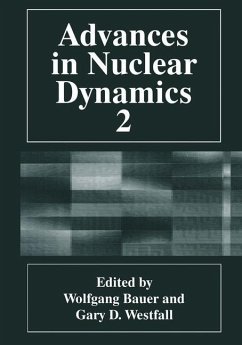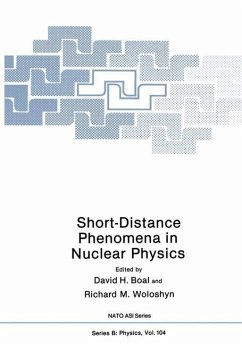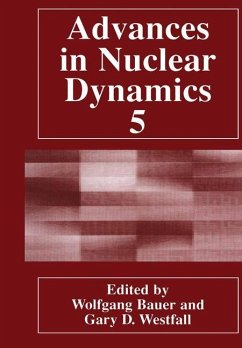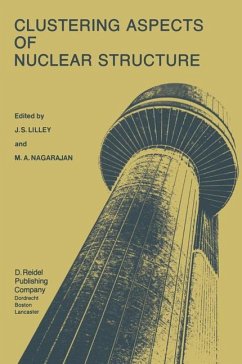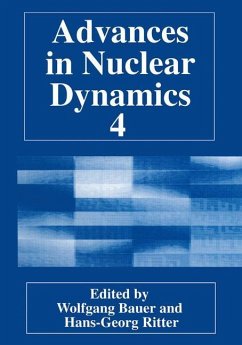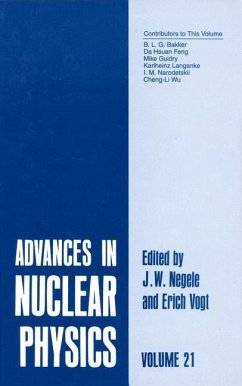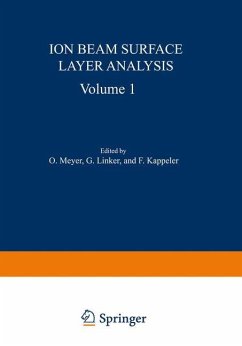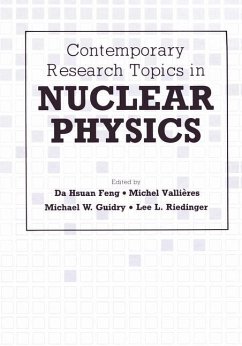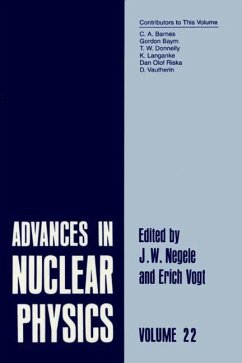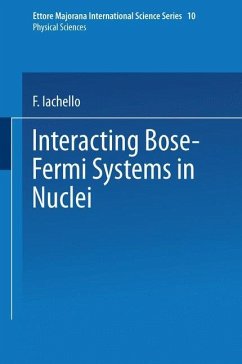
Advances in Nuclear Dynamics

PAYBACK Punkte
20 °P sammeln!
The study of nuclear dynamics is now in one of its most interesting phases. The theory is in the process of establishing an increasingly reliable transport description of heavy ion reactions from the initial violent phase dominated by first collisions to the more thermalized later stages of the reaction. This is true for the low-to-medium energy reactions, where the dynamics is formulated in terms of nucleonic, or in general hadronic, degrees of freedom. And it is also becoming a reality in ultrarelativistic heavy-ion reactions, where partonic elementary degrees of freedom have to be used. Exp...
The study of nuclear dynamics is now in one of its most interesting phases. The theory is in the process of establishing an increasingly reliable transport description of heavy ion reactions from the initial violent phase dominated by first collisions to the more thermalized later stages of the reaction. This is true for the low-to-medium energy reactions, where the dynamics is formulated in terms of nucleonic, or in general hadronic, degrees of freedom. And it is also becoming a reality in ultrarelativistic heavy-ion reactions, where partonic elementary degrees of freedom have to be used. Experiments are now able to 'utilize the existing accelerators and multiparticle detec tion systems to conduct unprecedented studies of heavy-ion collisions on an event-by-event basis. In addition, the field anticipates the completion of the construction of the Relativistic Heavy Ion Collider and the proposed upgrade of the National Superconducting Cyclotron Laboratory, promising qualitatively new data for the near future. All of these efforts are basically directed to the exploration of the change the nuclear medium provides for the properties and interactions of individual nucleons and, ultimately, the exploration of the nuclear matter phase diagram. The investigation of this phase dia gram, including all of the interesting phase transitions predicted from theoretical grounds, is the focus of most of the theoretical and experimental investigations of nuclear dynamics conducted today.






